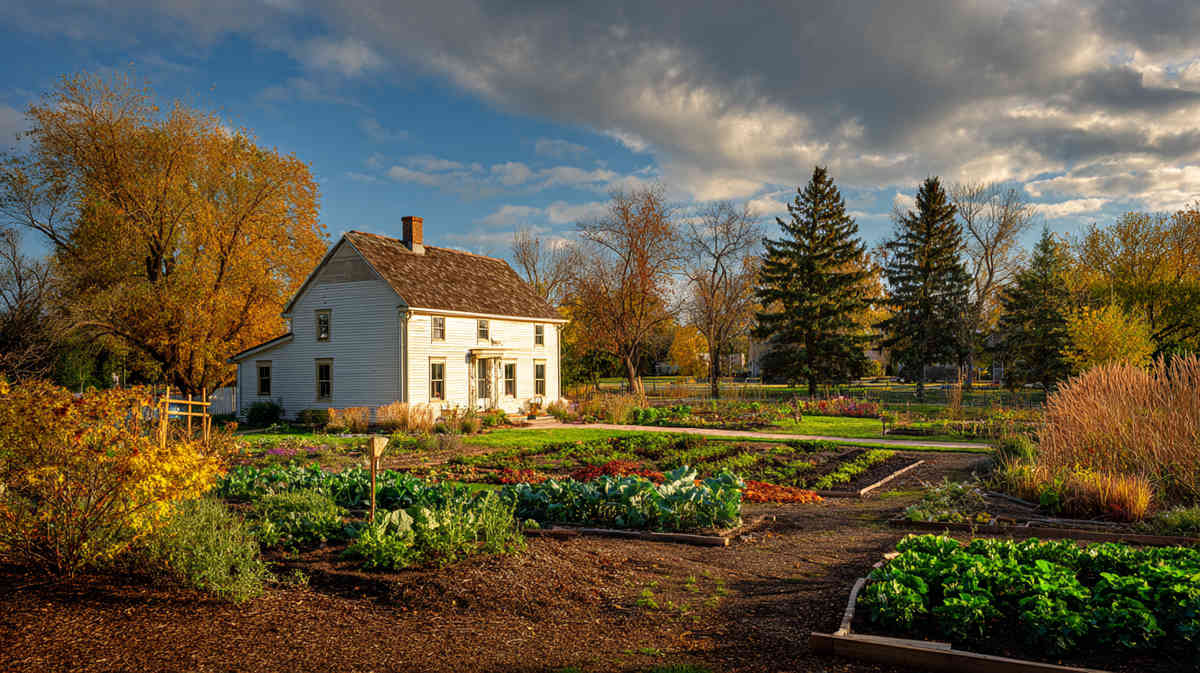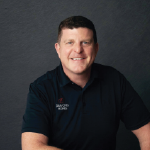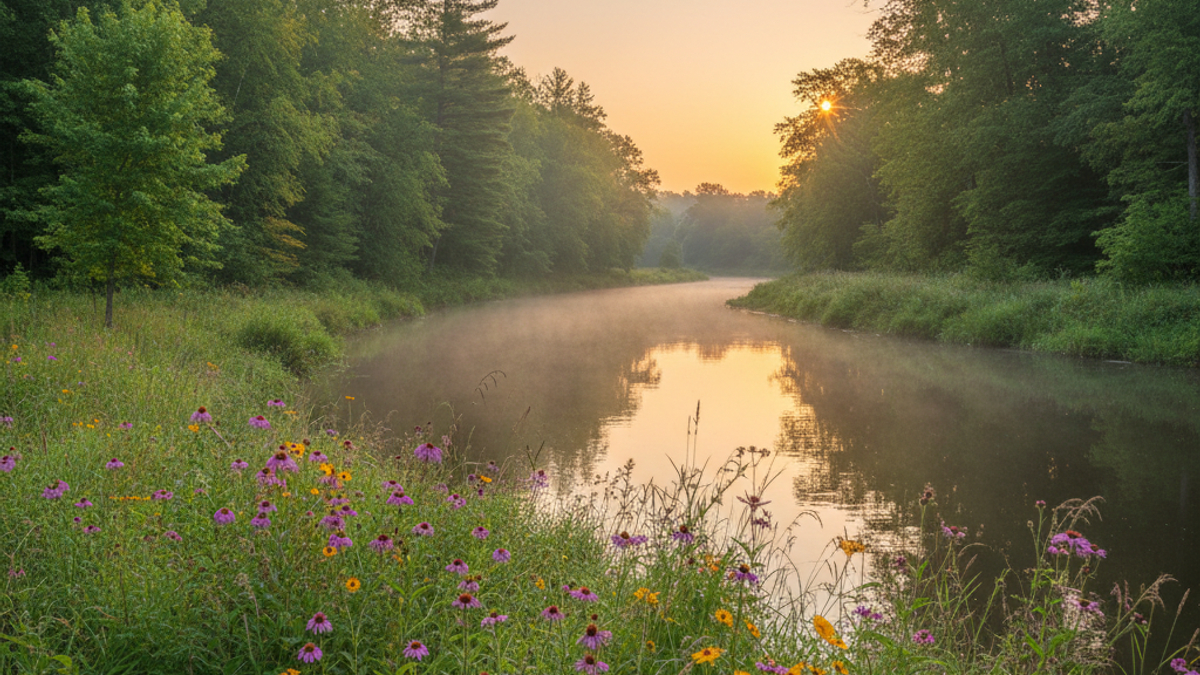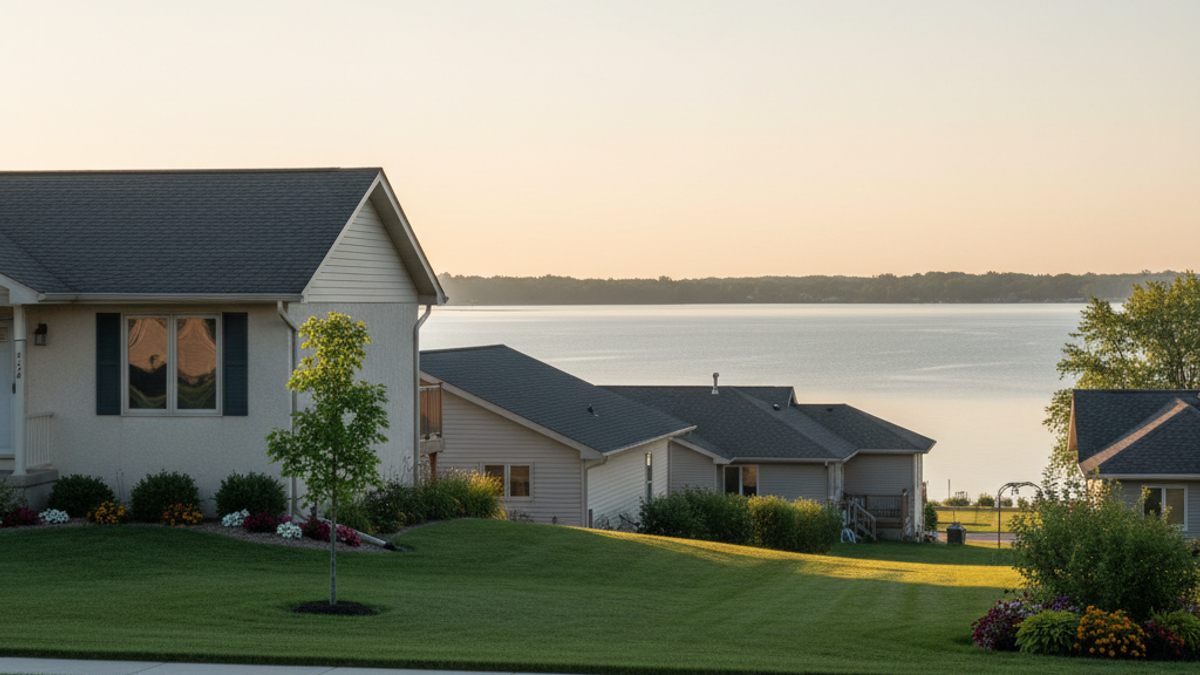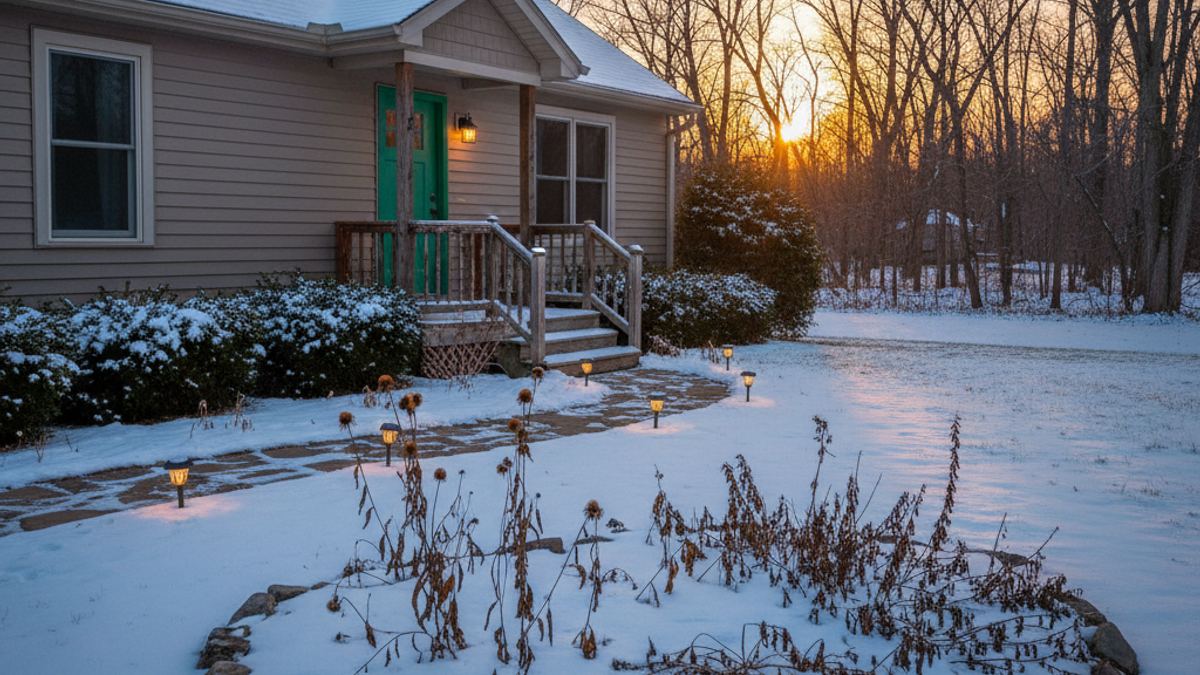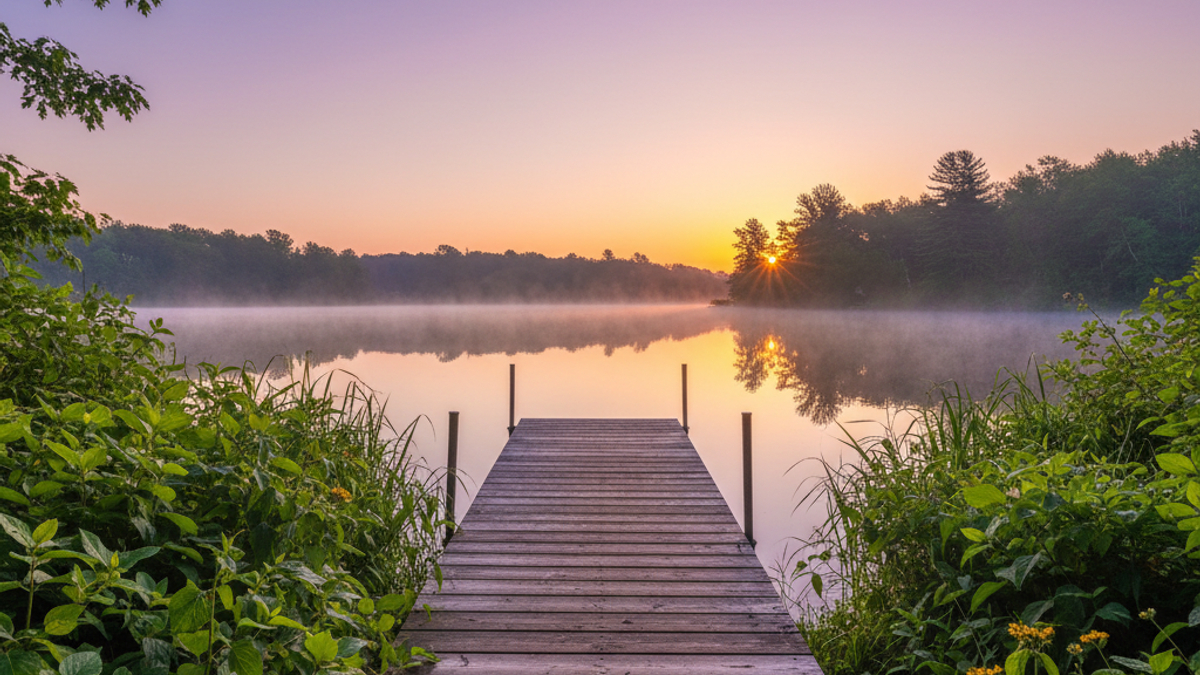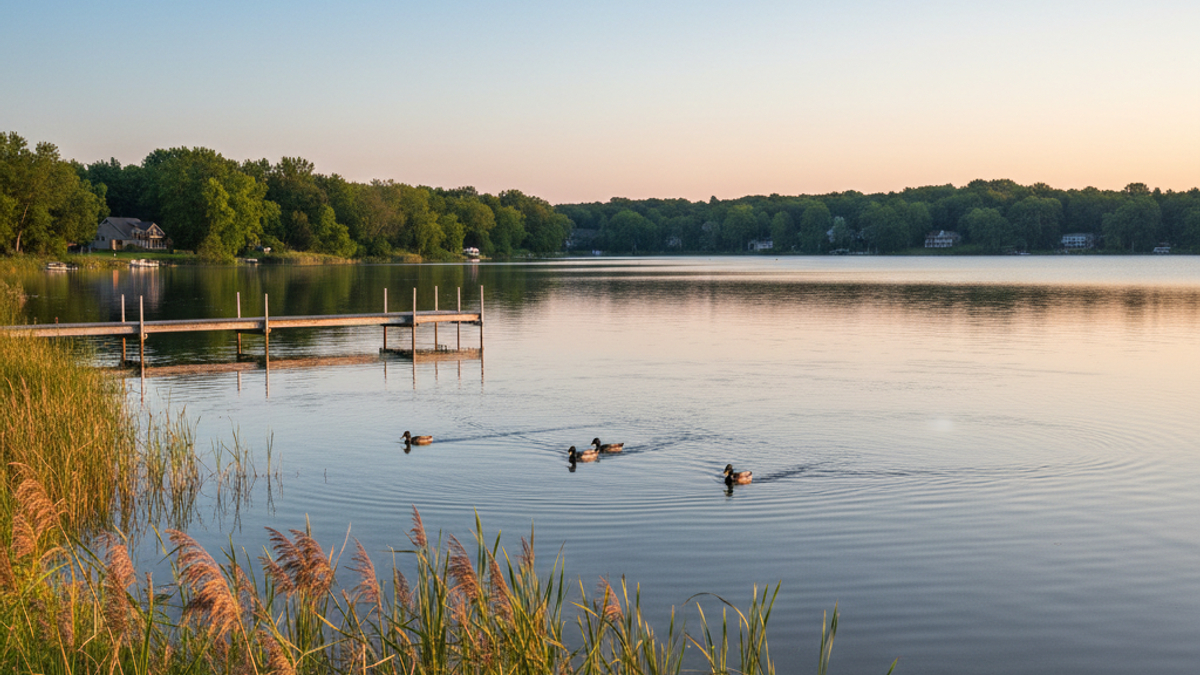Moving to a new zip code is thrilling—until you realize you have no clue where the kids will crack open their math books. Sound familiar? Relax. DeForest, Wisconsin may be a small village north of Madison, but it punches well above its weight when it comes to learning options. From public campuses that pride themselves on rigorous coursework to private programs that blend academics with character-building, the area offers more than one solid choice.
We’re about to sift through the noise for you. You’ll see how each school stacks up academically, which clubs or sports light students up after the bell, and what locals whisper (or rave) about on pick-up duty. By the end, you’ll know exactly which doors to knock on for a tour—and you’ll carry some pointed questions in your back pocket.
Ready? Let’s map out the best schools in and around DeForest.
Who Tops the Charts? DeForest’s Standout Schools
Madison Country Day School
First, a quick drive west lands you at Madison Country Day School (MCDS). The campus feels intimate, not intimidating. Average class size hovers near 15, giving teachers room to notice when a seventh-grader suddenly “gets” algebra. MCDS follows the International Baccalaureate framework from kindergarten through senior year, so depth trumps cram-and-forget memorization.
Arts? A main stage musical every spring. Athletics? State-level cross-country teams plus enough low-pressure recreational sports for students who’d rather not live in cleats.
Why it matters: Graduates post ACT scores that consistently outpace state averages, and nearly every senior lands at a four-year college. Community chatter credits the tight advisor system—one adult monitors each learner’s academic and personal growth—as the secret sauce.
Country Creek Learning Center
Country Creek serves the youngest scholars: infants through pre-K. Yes, that’s earlier than most “school-hunt” timelines, but early childhood care sets the tone. Teachers hold credentials in early childhood education, and lesson plans weave literacy, outdoor exploration, and social-emotional milestones together.
Parents like the farm-adjacent location; nature walks double as science class. Staffers share real-time updates through an app, so you actually know why the spare set of clothes came home muddy.
Graduates walk into kindergarten with reading readiness scores that make primary educators smile—and make guardians breathe easier.
Little University of Vienna
Tucked northeast of DeForest in Vienna, this micro-school sits inside a renovated farmhouse. Picture multi-age classrooms, project-based learning, and a maximum enrollment of roughly 40 students. The vibe? Personalized.
Teachers track progress through portfolios instead of letter grades. That means no Friday-night panic over report cards, but plenty of constructive conferences about growth areas. Music instruction starts at age four, and foreign-language exposure begins even earlier.
Families that choose Little U often cite two things: a community atmosphere where everybody knows each name—and the freedom kids feel to chase curiosity wherever it leads.
DeForest Area School District
The backbone of local education is still the public system. DeForest Area School District (DASD) covers four elementary schools, one middle school, and DeForest Area High School. Enrollment sits around 3,700.
Data snapshot:
– Graduation rate: 95 % (state average sits closer to 90).
– Advanced-placement participation: roughly 40 % of high-schoolers test-drive college-level courses.
– Student-to-teacher ratio: a comfortable 14:1.
What makes DASD click is steady investment. Recent referendums funded a gleaming performing-arts center, upgraded science labs, and—big applause—full-time mental-health counselors in every building. The district also runs “Start College Now,” letting juniors and seniors earn real credits at Madison College free of tuition.
Breaking Down Academic Quality
Test Scores & Beyond
Sure, metrics matter. MCDS seniors average around 30 on the ACT. DeForest Area High consistently posts Wisconsin Forward Exam proficiency numbers above the state mean in both math and English. Little U and Country Creek don’t administer large-scale tests, but internal assessments show students meeting or surpassing national kindergarten-readiness benchmarks.
Raw scores are only half the picture. Look at value-added growth. DASD’s elementary cohort posted a 5-point jump in reading proficiency over the last three years—a sign teachers know how to move the needle.
Who’s at the Front of the Classroom?
Credentials can feel like alphabet soup, so here’s the bite-size takeaway:
– MCDS teachers average 12 years of experience, and over 60 % hold master’s degrees.
– DASD requires ongoing professional development; every educator logs at least 45 hours annually on new methods.
– Country Creek keeps a lead-teacher-to-assistant ratio of 1:1, allowing newbies to learn alongside veterans.
Translation: You’re unlikely to find a revolving door of substitutes.
Curriculum Highlights
IB at MCDS pushes critical thinking earlier than most programs. DASD offers Project Lead The Way for engineering‐minded students starting in middle school. Little U runs a “Passion Project” cycle where kids pitch an idea, research it, present findings, then reflect on the process. Country Creek introduces Spanish vocab through song—turns out puppets are powerful language coaches.
Class Size
We touched on the numbers, but here’s the lived reality: students raise hands more often when they aren’t lost in a sea of desks. Fifteen to twenty in a room seems to be the DeForest sweet spot. That leaves space for Socratic seminars, one-on-one reading checks, and yes, occasional brain breaks without chaos.
Learning Outside the Textbook
Clubs, Societies, and Oddball Pursuits
DASD boasts over 30 clubs—from robotics to Future Business Leaders. MCDS offers a student-run café, turning latte art into an economics lesson. Little U’s Green Team manages a garden that donates produce to a local food pantry. Country Creek schedules micro-field trips to nearby farms, vet clinics, and bakeries. Curiosity doesn’t clock out at 3 p.m.
Sports Programs
DeForest Norskies (that’s the high-school mascot) compete in the Badger East Conference. Football under Friday-night lights still draws half the town, but don’t overlook swimming, tennis, or the rapidly growing boys’ volleyball team.
MCDS, though smaller, fields competitive cross-country and soccer squads that regularly place at state meets. Younger kids? DASD’s community-ed division organizes no-cut leagues so first-graders can burn energy without worrying about making the “A” team.
Arts & Music
New stage lights at DeForest Area High School feel Broadway-bright. The choir traveled to Carnegie Hall last spring, and the marching band’s halftime shows trend on local social feeds. MCDS integrates visual arts into core classes—think geometry through sculpture. Little U hosts an annual Art Walk where canvases hang from tree branches across campus.
Service and Community Links
Area schools embed volunteering rather than tacking it on. High-schoolers mentor elementary readers. Middle-schoolers pack hygiene kits. Country Creek families collect winter coats. The effect: students grow roots in the place they live, not just the building where they study.
What Locals Say (and What the Data Shows)
Straight from the Car Line
Guardians praise DASD’s transparent communication—weekly emails list assignment deadlines and upcoming assessments. One parent noted, “I never wonder how my daughter’s doing; I know.” MCDS families rave about how quickly staff answer questions, sometimes within an hour. Little U guardians mention a “every-voice-matters” mantra that actually gets practiced.
Numbers on Security
All DASD buildings have secure vestibules and visitor IDs. The district conducts annual drills in coordination with Dane County officials. MCDS installed a new access-control system this year, while Country Creek limits pick-up to photo-verified adults. Statistics from the Wisconsin Department of Public Instruction place DASD’s incident rate below state averages.
Welcoming Culture
Diversity initiatives show up in action, not posters. MCDS hosts Heritage Night potlucks. DASD runs “Unity Council,” a student group dedicated to equity discussions. Little U celebrates International Week by learning greetings in multiple languages. Bottom line: classrooms feel open to all, and any household structure fits right in.
Specialty Programs
Need bilingual support? DASD’s Dual-Language Immersion pilot started at Yahara Elementary and will expand grade-by-grade. Searching for STEM? Project Launch at MCDS pairs high-schoolers with UW-Madison grad students on research. Looking for life skills? Country Creek’s daily “practical play” teaches everything from measuring ingredients to tying shoelaces.
How to Kick the Tires Yourself
Information overload is real, and glossy brochures only go so far. Here’s a tiny checklist for your on-site visit:
- Arrive unannounced if possible. The vibe in the hallway tells you more than a framed mission statement.
- Chat with students—ask what they’d change if they ran the school. Kids rarely hold back.
- Peek at restrooms and cafeterias. Clean, orderly spaces hint at solid operations behind the scenes.
- Review recent board minutes or newsletters; you’ll spot budget priorities and pending projects.
- Ask about teacher retention. A stable staff often signals healthy culture.
Take notes, snap photos, compare later. You’ll thank yourself.
Ready to Choose?
There’s no one-size-fits-all answer. A budding engineer might thrive in DASD’s Project Lead The Way labs, while an aspiring cellist may crave MCDS’s chamber orchestra. Your toddler who loves mud pies? Country Creek will turn that curiosity into organic chemistry basics before kindergarten.
The good news: every option listed here routinely lands on “best schools in and around DeForest” shortlists—and for good reason. Strong academics, robust clubs, caring adults. Pick the chemistry that matches your household’s goals, schedule a tour, then watch your learner settle in and soar.
Still undecided? Reach out. Local real-estate pros live and breathe neighborhood nuances, school boundaries, and those little zoning quirks that can catch newcomers off guard. Shoot a message, and let’s chat through next steps.
Because once the school piece clicks into place, every other part of your move feels a whole lot easier.

